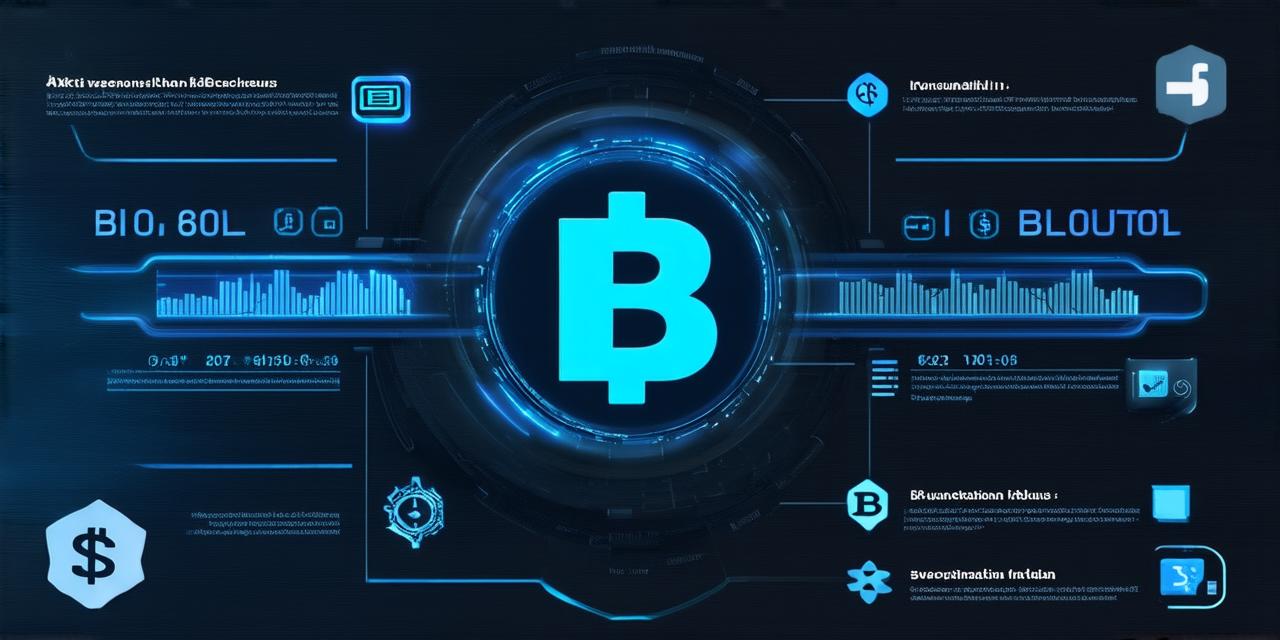What is Blockchain?
A blockchain is a decentralized digital ledger that records transactions across multiple computers in a secure and transparent manner. It was first introduced by Satoshi Nakamoto, an unknown person or group of people who used the pseudonym to propose a new form of currency called Bitcoin in 2008. Since then, blockchain technology has evolved to become the backbone of many other applications beyond just cryptocurrencies, such as supply chain management, identity verification, and voting systems.
Blockchain Architecture
The architecture of a blockchain consists of three main components: nodes, blocks, and transactions. Nodes are computers that participate in the network by verifying and validating transactions. Blocks are collections of verified transactions that are grouped together and added to the digital ledger. Transactions are the individual units of data that represent exchanges or transfers between two parties.
Each block in a blockchain contains a hash, which is a unique identifier that links it to the previous block in the chain. This creates an unbreakable chain of blocks that cannot be altered without affecting the entire chain. The decentralized nature of the network means that there is no single point of failure or control, making it highly resistant to hacking and fraud.
Features of Blockchain
Blockchain technology has several key features that set it apart from traditional databases and systems:
- Decentralization: As mentioned earlier, the blockchain is a decentralized network, meaning that there is no single point of control or failure. This makes it highly resistant to tampering and hacking.
- Transparency: All transactions on a blockchain are recorded in a public ledger, which can be viewed by anyone who wants to see them. This creates a high level of transparency and accountability.
- Immutability: Once data is recorded on a blockchain, it cannot be altered or deleted without affecting the entire chain. This ensures that the data remains accurate and unaltered.
- Security: The decentralized nature of the network and the use of cryptography to secure transactions make the blockchain highly secure. It is virtually impossible to hack into a blockchain and alter its contents.
- Scalability: Blockchains can be easily scaled up or down depending on the needs of the application, making them a flexible solution for a wide range of use cases.

Benefits of Blockchain
There are several benefits to using blockchain technology, including:
- Increased efficiency: Traditional systems can be slow and inefficient due to the need for intermediaries and middlemen. Blockchains eliminate these intermediaries, allowing for faster and more efficient transactions.
- Reduced costs: By removing intermediaries and automating many of the processes involved in transactions, blockchains can significantly reduce costs for businesses and organizations.
- Improved security: As mentioned earlier, the decentralized nature of the network and the use of cryptography make the blockchain highly secure. This reduces the risk of fraud and cyber attacks.
- Enhanced transparency: The public ledger of a blockchain provides a high level of
